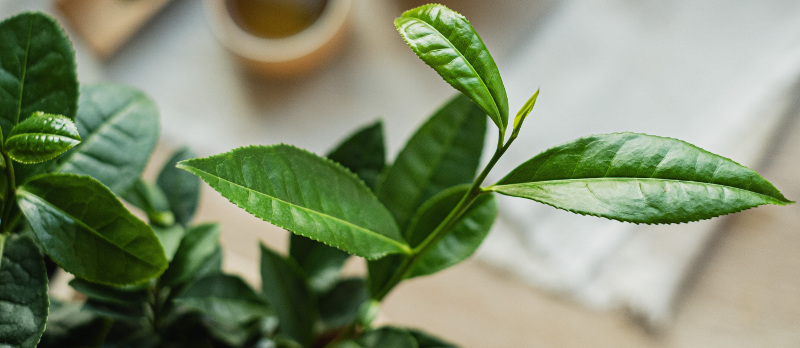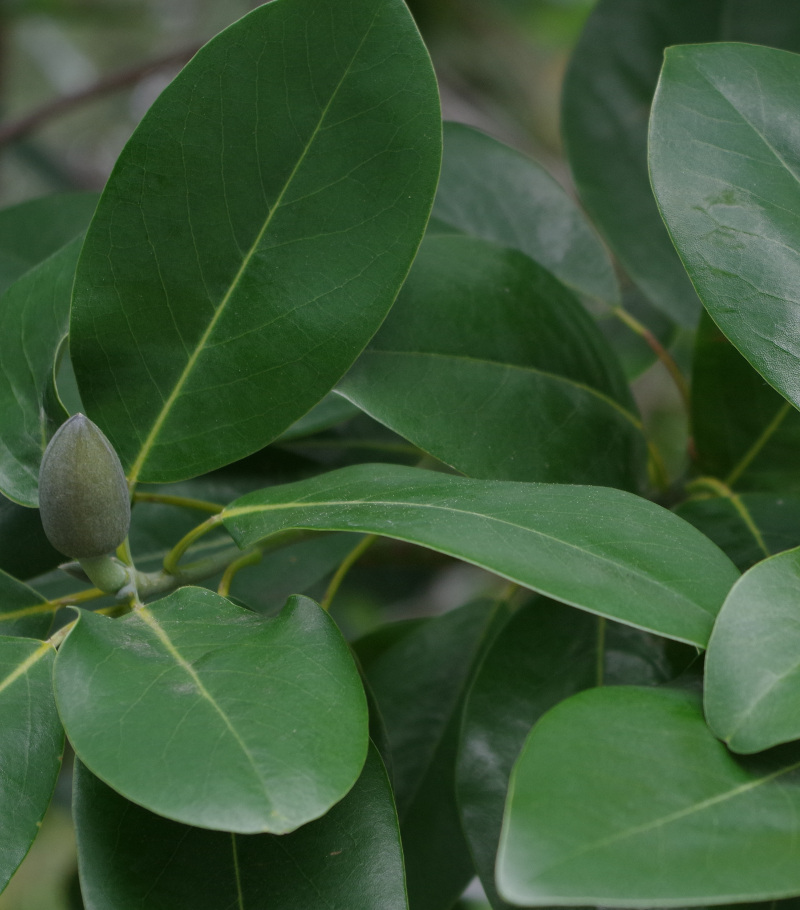Camellias are renowned for their exotic-looking, papery blooms. Those blooms are likely the reason you planted it, so if your shrub isn’t blooming, let’s look at some of the reasons that could explain why buds are not forming, or not opening. Or maybe it’s blooming, but not very much, and you’d like to boost the floral show.

First, it’s helpful to know your camellia variety – some species bloom in fall or winter, such as C. sasanqua and C. sinensis, and some in spring, like C. japonica. Now we know when to expect blooms. Let's look at ways to help your camellia bloom or bloom more abundantly.
Common Reasons Why Camellia Aren’t Blooming
- The usual culprit is pruning at the wrong time. Camellias form the next year’s buds soon after this season’s flowers fall – so, if the gardener prunes the next month, they may inadvertently cut off next year’s display.
- Camellias need little to no pruning, and any pruning should be done immediately after the flowers drop. Or maybe deer or voles “pruned” your shrub for you and removed this year’s crop of flowers? In that case, the best move is to repair it with straight, clean cuts and wait.
- Another big cause of low-to-zero bud count could lie in the soil. Camellias prefer acidic soil with pH range of 5.5 - 6.5. Soil outside this range can prevent flowering. You can test your soil with a kit at home or most county extension offices offer testing services. If your soil needs to be more acidic, fertilizers made for azaleas, rhododendrons, camellias, and blueberries can help.
- Soil with low nutrition, like sandy soil, or exhausted container soil can discourage flowers as well, so you can improve those conditions with compost and slow-release fertilizer for your soil conditions. Too much fertilizer, however, can stimulate vegetative growth rather than flowers, or even damage the plant, so take care to follow package directions, and use a light hand.
- Erratic frosts in either fall or spring can damage young buds that haven’t had time to harden off, depending on the variety’s bloom time. Buds may turn brown as if scorched, or simply fall off. This is common when a mild spell is followed by a sudden frost.
- You can protect your camellia’s flowers from frosts by initially locating the plant against a wall or next to a sheltering tree (with sufficient sun exposure) – plants in the open are more susceptible to cold winds, or shielding it with a cloche, burlap, or frost cloth when a cold snap is expected.
- Is your camellia getting enough sun? If not, you’ll see fewer blossoms. Evaluate the conditions - perhaps a tree has grown tall enough to shade it fully now. Camellias prefer lightly dappled shade or morning-to-midday sun with protection from the late afternoon rays. Thinning out the surrounding canopy of shrubs and trees can help in this case.
- Lastly, camellias require regular, even moisture available to encourage blooms. Drought periods can cause the buds to become distorted, or not fully open. Mulching the roots and having a watering system can help a lot. Containers dry out much more often than in-ground plants.

Does Pruning Camellia Help Them Bloom?
Certain types of pruning can help camellias bloom. Simple deadheading – the removal of spent flower blossoms by hand – will prompt new blooms through the plant’s bloom season.
If you have a severely overgrown camellia, that looks like a thicket inside, it may be blooming less because of all the misspent resources going to old, dead or broken growth. In this case, a hard pruning can bring on stronger new growth. Keep in mind that it may take a year or more for the new growth to bear flowers – depending on the time of year, your prune, your variety and climate – but your shrub will look better for years to come.
Does Fertilizing Camellia Help Them Bloom?
The ideal fertilizer would be a balanced slow-release, organic fertilizer – if your soil is not acidic, use one made for “acidic” plants like azaleas and rhododendrons. Camellias’ shallow roots are sensitive, so take care not to over-apply. Read our guide on fertilizing camellias here [Link to Fertilizer care hub]. Adding compost or bark chips as a fall mulch would be a boost to the soil’s nutrition.
Help Camellia Produce More Blooms
We’ve discussed there are many reasons a camellia may struggle to bloom. Make sure it is in the right soil and sun exposure, sheltered from cold, drying winds, consistently watered, given light nutrition, and if you prune at all, do it immediately after flowering.
Why Isn’t My Camellia Blooming?
- Check that the flower buds weren’t pruned off by humans or animals.
- Ensure the plant is getting enough sun, consistent water and some appropriate fertilizer.
- The soil is the correct pH – this can be helped with “acid-lovers” fertilizer.
- Keep the plant protected from frosts by mulching, sitting under some cover, or wrapping with frost cloth.
 |
Author Erica Browne Grivas - Published 12-07-2021 |
